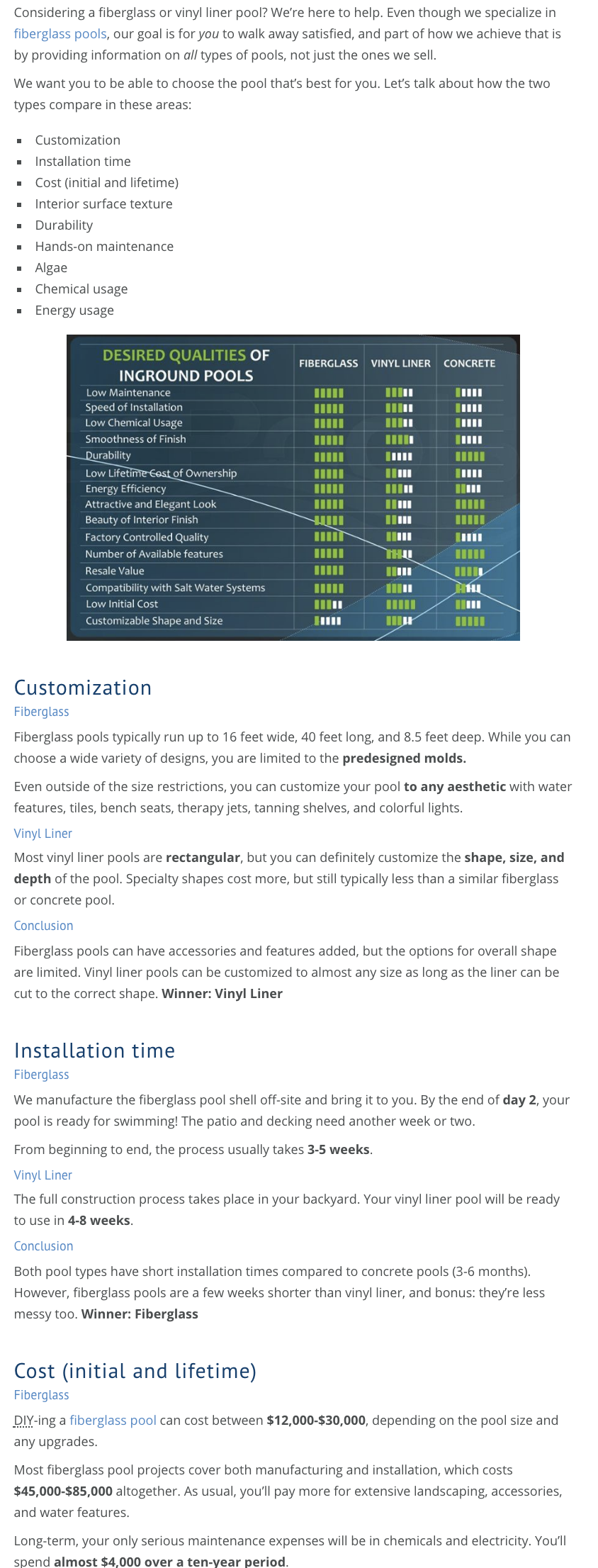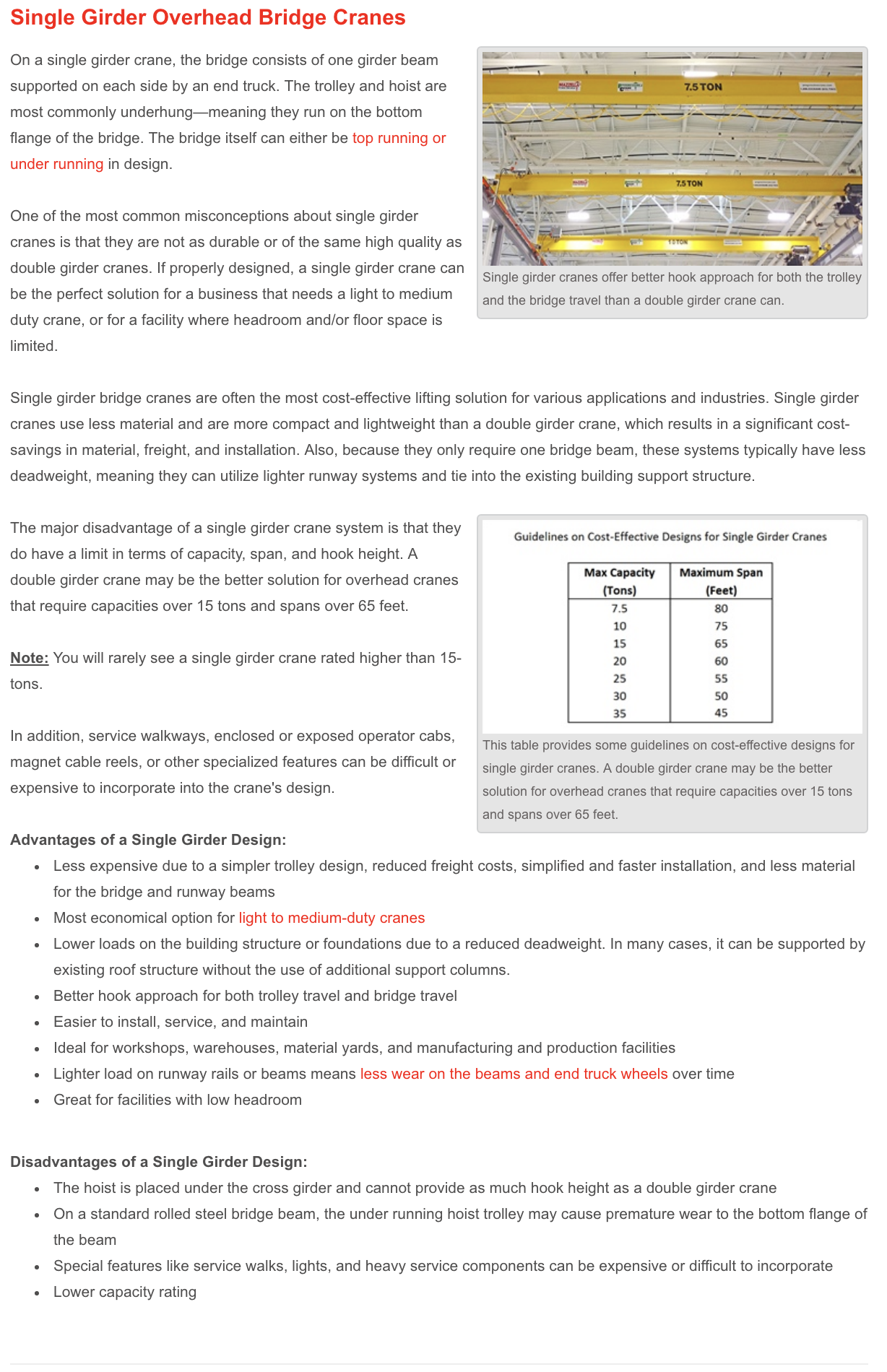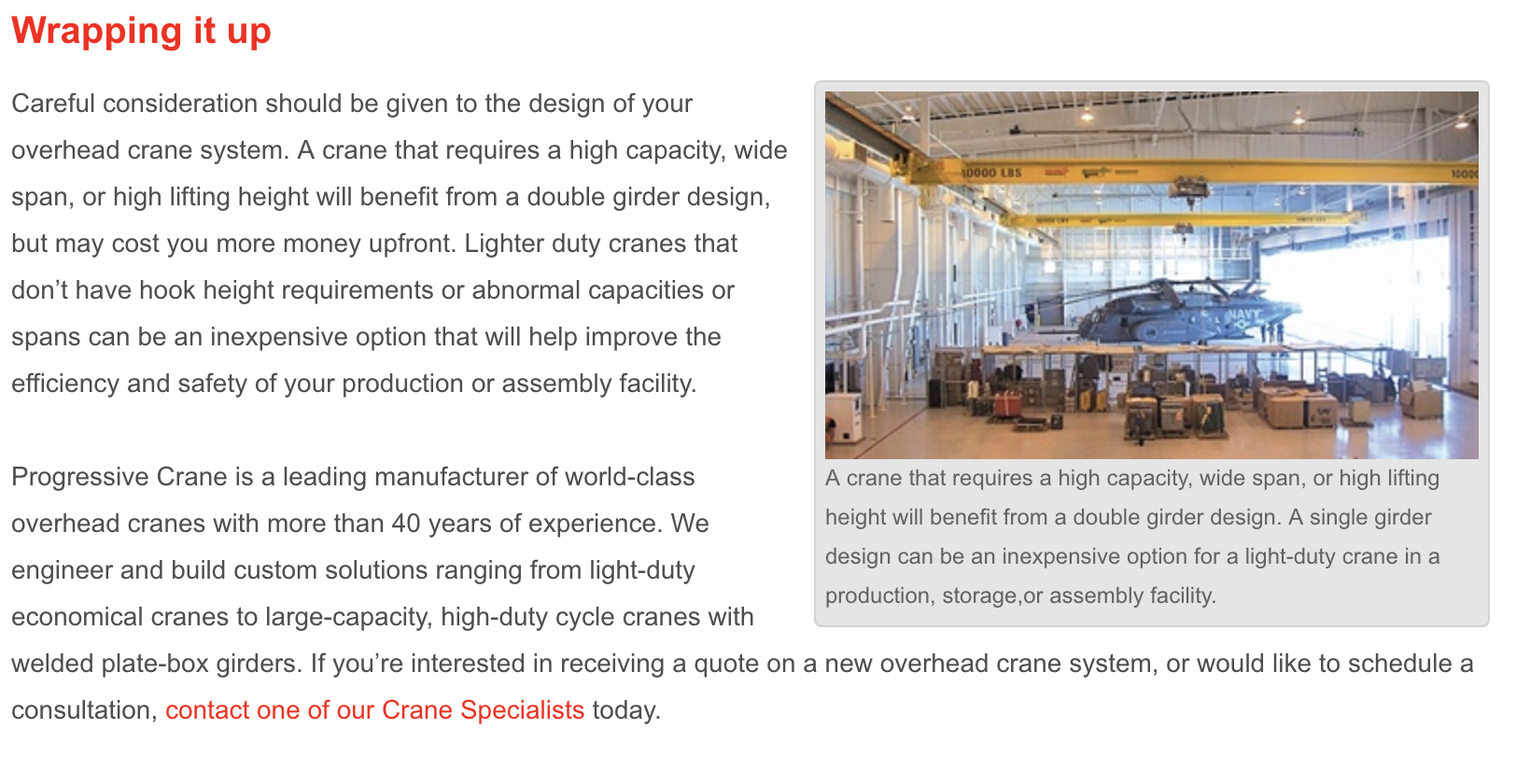Subscribe now and get the latest podcast releases delivered straight to your inbox.
Keep These 5 Best Practices Handy for Writing Your Next Comparison Article!

May 9, 2018

You know what my favorite stage of the buyer's journey is?
The consideration stage.
This is where buyers really start to ask the questions that will ultimately decide what they purchase.
It's also the stage most businesses ignore, dismiss, or don't really consider creating content for.
Why? Because they're too busy fine-tuning their offerings at the decision stage or cranking out tons of fluffy content at the awareness stage hoping to bring new people into the funnel.
They focus on the two ends of the funnel, where people come in as strangers and where they exit as customers, but it's the middle of the funnel where most of the buying decision really happens.
It's here where consumers will do the majority of their self-driven research into all the possible solutions to their problems.
And it's here where I teach my clients to focus a lot of their content creation efforts.
You've probably heard us talk about content strategies like They Ask, You Answer and “The Big 5” to identify some of the most important blog article topics you can write.
Both of these approaches involve addressing questions about costs, problems, reviews, “best of” lists, and comparisons as they eliminate many of the objections someone might have when buying.
While I've written articles on how you can address cost on your website and how you can write about your competitors in a "best of" list in the past, I'd like to turn my attention to one of my favorite topics: comparing products and services.
How to Compare Products and Services in a Blog Article
As I've said, this is one of the most important pieces of content you can create: how your product or service stacks up against other similar products or services.
Making the right choice between two like options can be really important to consumers, and many are willing to do a lot of research on this topic.
Why?
It all boils down to buyer's remorse.
Nobody wants to make the wrong decisions -- Especially if it's a costly one. So, helping people avoid this with a thoughtful and detailed article, will definitely build trust and get you on their good side.
So, how can you write an article addressing comparable products that connect with your audience and help them make the best decision for them?
Here’s my advice:
1. Be Honest About Your Position Early On
One of the most important things you can do in your comparison article is to include why you're writing the article in the first place.
In your intro paragraphs, make sure you let the reader know that you sell one, both, or all of the things you're discussing.
If you're not forthright about this and your readers find out on their own, you will lose all credibility with them, and they'll probably leave your site.
For an easy example, let's say you sell apples and your competitor sells oranges.
If you wrote an article comparing apples to oranges without telling the audience that you sell apples and at the very end of the article you have a CTA to buy your apples, your audience's BS detector will light up the night.
They will start to question everything they just read.
Any negatives you listed about oranges will be scrutinized heavier.
Any positives you mentioned about apples will carry less weight.
In short, you'll lose all credibility, and, more importantly, a potential customer.
On the other hand, when you're upfront about your stake in the apple game, people will be disarmed by the honesty and willing to give you a chance to explain your position.
Here's an excellent example from our client, River Pools and Spas of how to be earnest about the comparison you're writing about.

Right off the bat, they let readers know that while the subject of the article is comparing vinyl liner pools to fiberglass pools, their company specializes in fiberglass pools.
Not only do people appreciate the candor, but as someone in the business, they now know River Pools & Spas knows what they’re talking about.
You probably also noticed they took things a step further to disarm the readers.
That brings me to my next point:
2. Address Everything The Reader Wants to Know
Remember, blog articles are about being as helpful as possible.
They're about giving consumers as much information as needed so they can make a well-informed purchase decision.
Of course, you want them to buy the things you sell, but if you're truly about educating prospects, then you'll put aside your own desires and think about things from their point of view.
What do they want to know? Why are they asking these questions to begin with? What do they hope to gain from this? What is really the best choice for them?
In the example above, the writer explicitly states this and one of the goals of the article.
She writes, "our goal is for you to walk away satisfied, and part of how we achieve that is by providing information on all types of pools, not just the ones we sell."
I don't know about you, but a statement like that makes me feel like the company is being honest with me, and honesty fosters trust.
I may be a little on guard as I read the content, making sure they're not trying too hard to push me on fiberglass if it's not right for me, but my defenses are definitely down a little.
When you're making the content about the reader, you've got to remain as objective as possible. One of the most important (and hardest) things to admit is when your product service is not a good fit for the reader.
Doing so may lose you a lead, but if the product or service wasn't right for them anyway, why try and push them into a bad decision?
The last thing you want is unsatisfied customers coming back with a vengeance to call you out for misleading them into making the wrong purchase.
3. Organize Your Info with Easy to Follow Structure
Through writing several of these article types myself and helping dozens of others do the same, I've found there are two really good ways to structure them.
Proper structure is important for a number of reasons:
- People don't land on an article and immediately start reading the first paragraph. They quickly scroll the content to see if it's worthy of their attention.
- They're looking to see how the argument is laid out.
- They want to know how in-depth and/or long it's going to be.
So, what are the two methods I teach for structuring a comparison article?
- Category Head to Head
- Pros and Cons
Take a look at the fiberglass vs. vinyl liner pool article again:

In the introduction, she lays out exactly the categories these two options will go head-to-head in.
She lists out things like customizable features, time to install, costs (both initial and over time), durability,
This article structure is one of the most popular because it's the most comprehensive and easy-to-follow.
Readers can quickly see a reflection of the concerns they might have and find the information they need. For instance, if cost is the most important aspect of buying a pool, pool buyers can quickly jump to the section on cost without having to look for it buried deep within the content.
Each of these category sections also has subsections where we can clearly see when she's discussing fiberglass pools and when she's discussing vinyl liner pools. There's even a "conclusion" section for each category.
Another method is to list the pros and cons of each option.
Check out this example, from one of our clients, on choosing between a single-girder overhead crane vs. a double-girder overhead crane (because we all have to make this decision at some point in our life).

With this method, you give each competitor equal time and attention.
The intro here first describes what a single-girder overhead crane is and gives a brief overview of situations it might be the best option. Then, it lists all the advantages of this type of overhead crane followed by the disadvantages.
The next section then does the same for double-girder overhead cranes.
If you notice, nearly equal time was given to both options (between 400-500 words each).
If you don't give each of your options a fair share of the spotlight, it may hint at your bias and set off the reader's BS barometer.
4. Use Rich Media
If you've got a lengthy article on a topic and don't want to lose your reader's interest or get them word drunk, add in some rich media.
Video, pictures, infographics, and even podcast links help break up long sections of plain text and add context to the conversation.
Plus, each of your visitors has their own preferred method of learning.
Avid readers appreciate lots of copy, but visual learners will enjoy watching videos, looking at images, and checking out infographics, while audible learners would appreciate listening to a podcast.
If you look at the two examples given, River Pools uses a video at the top of the article.
They even include two different infographics to give some visual comparisons of the different types of pools.
Mazzella, the overhead crane team, discovered that many folks in their audience enjoy listening to podcasts. So, to meet their customers in the middle, they do podcast episodes on all of the topics their blog covers.
5. Have a Strong Outro
So you've written a detailed comparison article while staying as objective as possible.
Fantastic.
Now you just need a strong wrap-up section.
Here you can finally drop the objectivity and let the readers know how you really feel about the options and encourage them to connect with you if the options you sell match up with their needs.

As I mentioned earlier, the consideration stage is my favorite stage of the buyer's journey.
Why?
Because when you create high-quality content here, your articles might just be among the last they read before they're ready to talk to potential vendors.
And if you've done a good job of educating them thoroughly on this topic, they may be ready to reach out sooner than later --possibly as soon as they get to the end of the article.
This is your best shot at being among the top of the vendors they contact for quotes, demos, or consultations.
Always end an article with a next action. Whether there's other content they should read first or even a CTA to start a conversation, you just might be their last stop in the consideration stage and their first stop in the decision stage.
More Examples
I don't want to leave you hanging with only the two examples to help you create your own comparison articles.
Below you'll find links to more amazing comparisons.
And remember, whether you're comparing apples to oranges, apples to apples, or Apple to Android, put yourself in the reader's shoes and help them decide what's best for them.
They'll thank you for it and may even reward you for it with their business.
- What is the Best Attic Insulation? (Spray Foam vs Fiberglass vs Cellulose)
- Home Sleep Tests vs In-Lab Sleep Tests
- Project Manager vs Construction Manager: What's the Difference?
- La-Z-Boy vs Ashley Furniture: 7 Differences You Should Know in 2018
- Insulated Vinyl Siding vs Fiber Cement: Which Is Best?
- Certified Diamonds vs Non-Certified Diamond Engagement Rings


Order Your Copy of Marcus Sheridan's New Book — Endless Customers!
